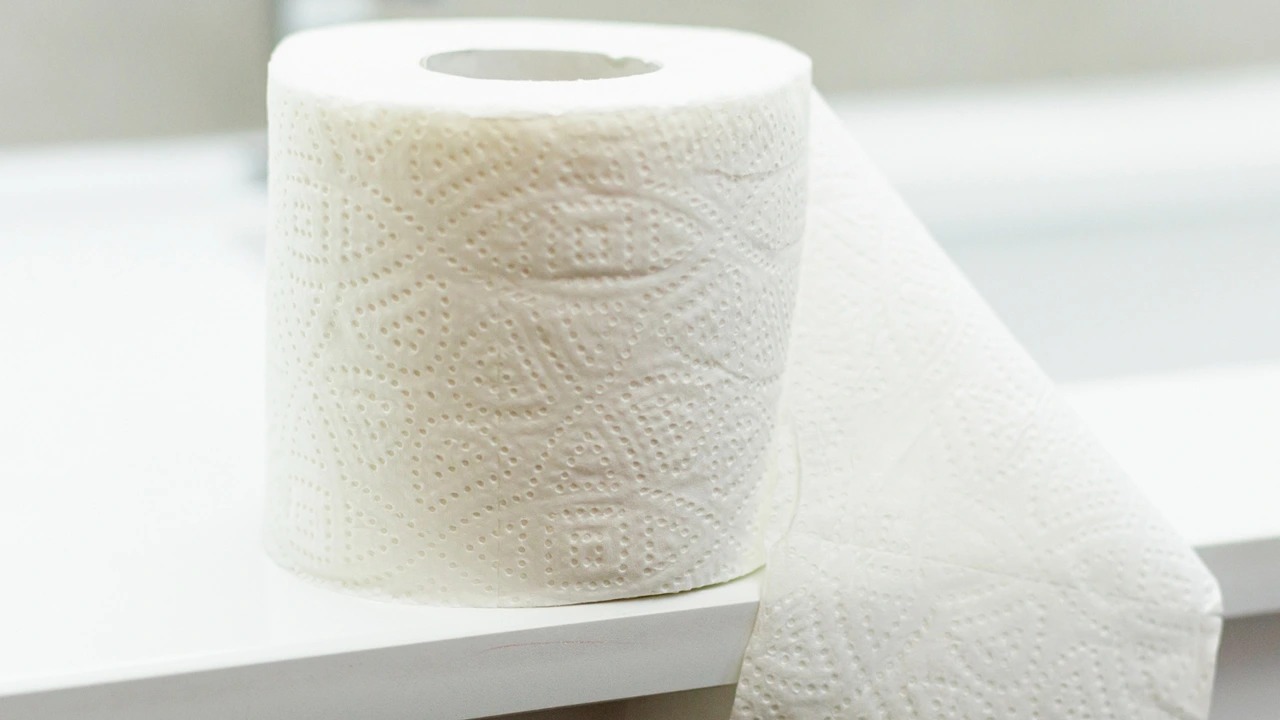Modern toilet paper was invented in 1857, in the United States, by Joseph C. Gayetty. However, there are scholars who say that the Chinese were the inventors of this basic personal hygiene item. At the time, people use mint leaves, water and corncobs to clean themselves after number 2. Can you imagine the suffocation?
Considering this entire trajectory, the traditional model as we see it today, white and rolled, needed to undergo several modifications. Material and texture, for example, have undergone changes over the years. Now something that raises a lot of questions is: what are the designs on toilet paper for?
Firstly, it is mistaken that this has to do with a design issue or to make the toilet paper more “pretty”. There is a plausible explanation and we will reveal it to you.

What do the designs on toilet paper mean?
Have you noticed that when you take the toilet paper out of the package you can see printed images on the roll, some of which look like little holes? Although many people find these drawings cute and cute, the objective is far from that.
In practice, toilet paper designs serve to increase porosity, which facilitates the removal of fecal residue from the skin. Everything so you don’t need to use force during cleaning, making cleaning easier. So, end of the mystery!
How to choose good quality toilet paper?
A question that permeates the minds of many is how to choose the ideal toilet paper in the market. Remembering that the product is not only valid for cleaning those who do number 2, but also drying those who do number one.
Therefore, a good quality paper is one that It’s not completely smooth. Another consideration is the softness, which needs to be mentioned on the packaging. It is also worth paying attention to whether the toilet paper has a good number of sheets: if there are few, it tends to be less soft.
Finally, give preference to unscented toilet paper to avoid causing allergies and pay attention to the expiration date, as despite not being edible, the sheets have a shelf life.
Modern toilet paper was invented in 1857, in the United States, by Joseph C. Gayetty. However, there are scholars who say that the Chinese were the inventors of this basic personal hygiene item. At the time, people use mint leaves, water and corncobs to clean themselves after number 2. Can you imagine the suffocation?
Considering this entire trajectory, the traditional model as we see it today, white and rolled, needed to undergo several modifications. Material and texture, for example, have undergone changes over the years. Now something that raises a lot of questions is: what are the designs on toilet paper for?
Firstly, it is mistaken that this has to do with a design issue or to make the toilet paper more “pretty”. There is a plausible explanation and we will reveal it to you.

What do the designs on toilet paper mean?
Have you noticed that when you take the toilet paper out of the package you can see printed images on the roll, some of which look like little holes? Although many people find these drawings cute and cute, the objective is far from that.
In practice, toilet paper designs serve to increase porosity, which facilitates the removal of fecal residue from the skin. Everything so you don’t need to use force during cleaning, making cleaning easier. So, end of the mystery!
How to choose good quality toilet paper?
A question that permeates the minds of many is how to choose the ideal toilet paper in the market. Remembering that the product is not only valid for cleaning those who do number 2, but also drying those who do number one.
Therefore, a good quality paper is one that It’s not completely smooth. Another consideration is the softness, which needs to be mentioned on the packaging. It is also worth paying attention to whether the toilet paper has a good number of sheets: if there are few, it tends to be less soft.
Finally, give preference to unscented toilet paper to avoid causing allergies and pay attention to the expiration date, as despite not being edible, the sheets have a shelf life.






